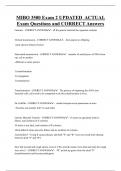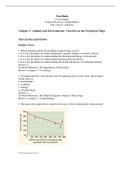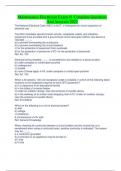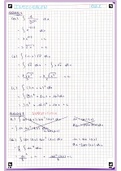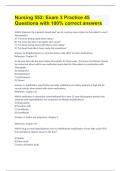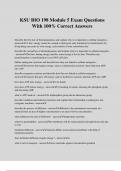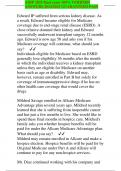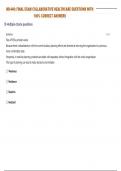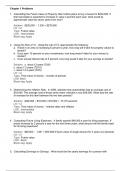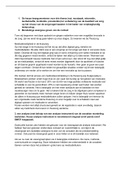Exam (elaborations)
MIBO 3500 Exam 2 UPDATED ACTUAL Exam Questions and CORRECT Answers
- Course
- Institution
MIBO 3500 Exam 2 UPDATED ACTUAL Exam Questions and CORRECT Answers Genome - CORRECT ANSWER- all the genetic material the organism contains Vertical transmission - CORRECT ANSWER- -from parent to offspring -same species (binary fission) Horizontal transmission - CORRECT ANSWER- -transfer of sm...
[Show more]
